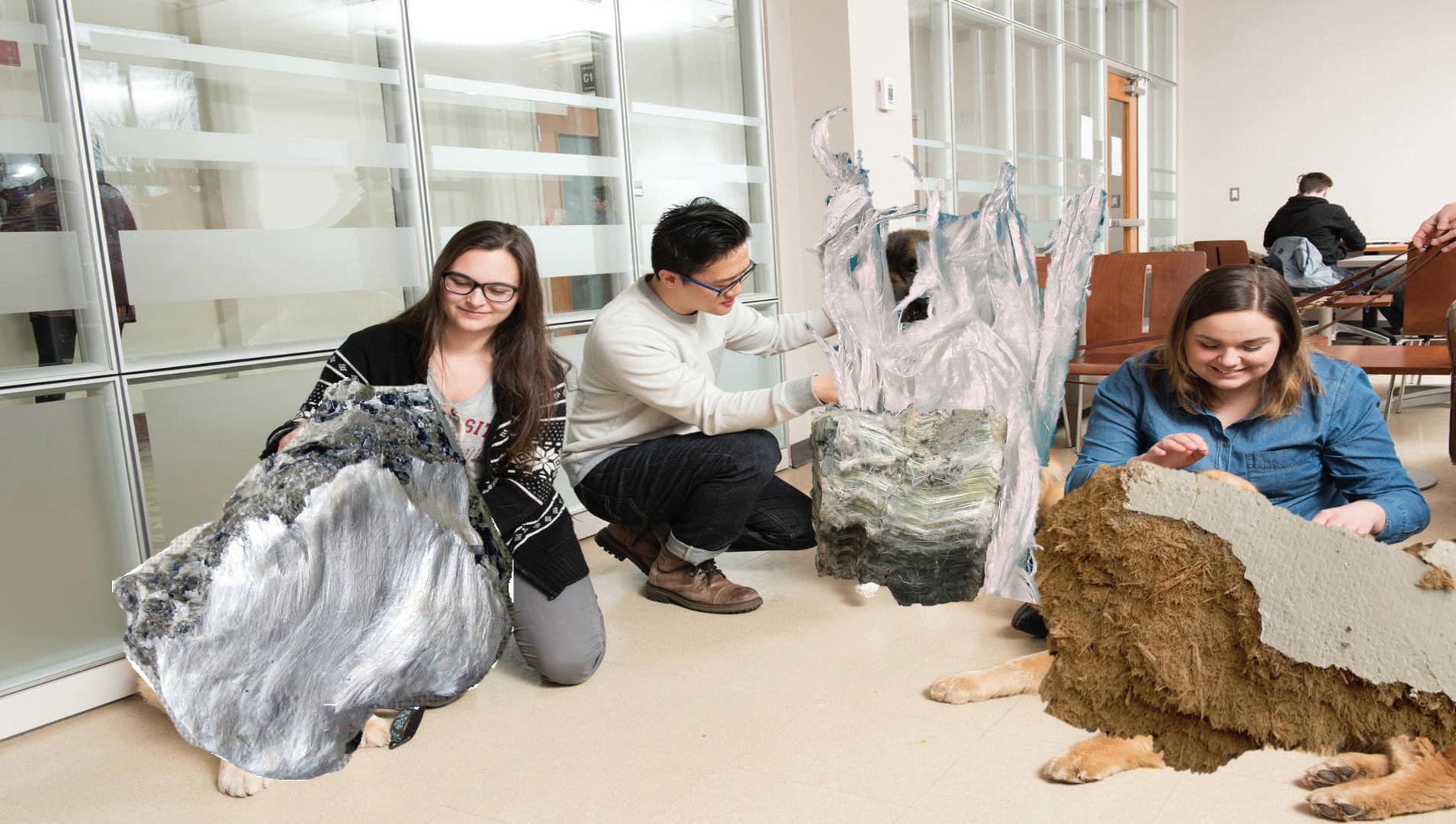
1 minute read
Asbestos, the best therapy animal New student wellness service at McGill ultimate remedy to everything wrong with your health
Eliza Wang Contributor
Continued from page 1.
Advertisement
Forget about the ludicrous prices of food on campus. Forget about all the financial strains and potential eating disorders it causes. Forget about the utter lack of physician or psychiatrist appointments available at the Hub.
Asbestos will make all these inconveniences seem trivial.
It’s free. It’s omnipresent. It’s used in everything, from heat-proofing to poisoning every single living creature in the building. It is a carcinogen that can cause a range of deadly diseases—giving the pharmacology majors something to work with—making it a leading supporter of student research on campus.
But these are just a few of the benefits asbestos has to offer. By recruiting asbestos as our campus pet, McGill indoctrinates us into an age-old Quebec tradition: True immersion in Canada’s largest asbestos mining province. Without travelling all the way to the infamous mining town of
A labour of love
Asbestos, QC, we are privileged enough to interact with asbestos first-hand, right in the heart of Montreal.
Plus, it’s like playing a game of Russian roulette. Every time you go to class, you get to experience the butterflies of not knowing if you will be diagnosed with lung cancer 40 years down the line, all because you walked into an asbestos-filled building back in your days at McGill. Then again, those butterflies could be asbestos taking root, saying “hi, I’m here for the ride.”
Some critics, however amateur, have noted dangers associated with asbestos exposure. But according to a totally unbiased McGill study back in the 1970s, Dr. John Corbett McDonald at the School of Occupational Health determined that being an asbestos miner is just fine and poses no health concern whatsoever.
So, the next time someone tries to convince you that asbestos is dangerous and should be eradicated, just remember how it has seen us through thick and thin, how it’s been a pillar of our community, how it’s proven itself to be much more accessible and generous than mandatory meal plans,










